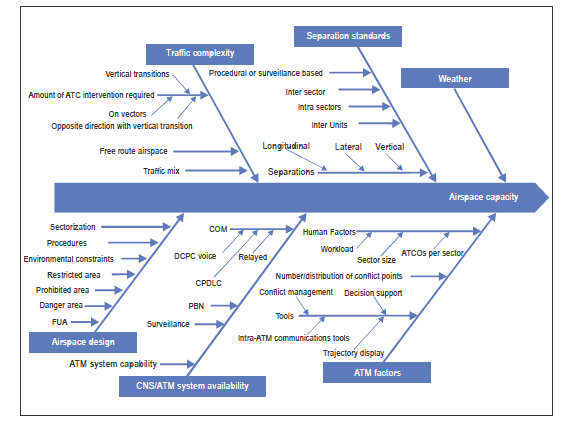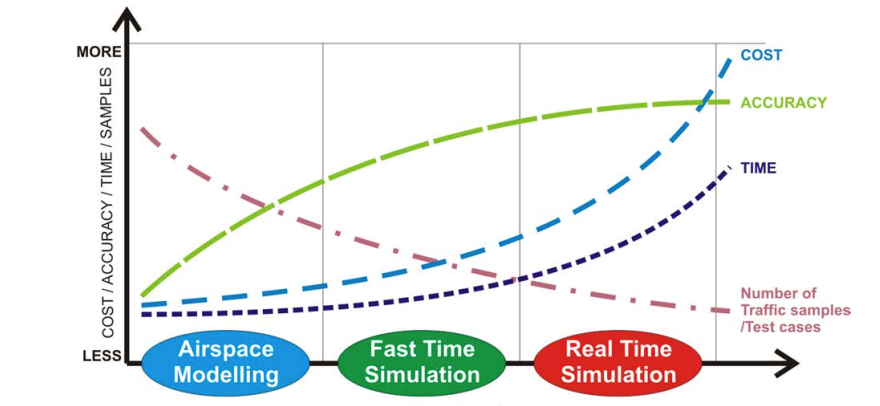How many aircraft a runway or an ATC can handle per hour or per any amount of time is a key piece of information that every ATC and ANSP should know.
Capacity has its own chapter in ICAO doc 4444 where it says “The number of aircraft provided with an ATC service shall not exceed that which can be safely handled by the ATC unit concerned under the prevailing circumstances. In order to define the maximum number of flights which can be safely accommodated, the appropriate ATS authority should assess and declare the ATC capacity for control areas, for control sectors within a control area and for aerodromes.”
This of course makes a lot of sense and sounds very easy that an ATC service shall handle only the amount of traffic that can safety handle. But how is this number obtained?
Different states and ANSP have different ways of calculating and expressing capacity, but they all share some same principles.
Variables
They all recognize that there are at least, some group of variables that will affect the Runway or Sector Capacity and these are shown in ICAO DOC 9971:


Capacity output
Once the variables have been qualitatively identified, it is time to transform them into qualitative values… but what is our desired output?
Skybrary speaks about three main methods to describe a sector’s capacity:
- Entry counts: Capacity is expressed in maximum aircraft that are handled per time unit, usually one hour (e.g. 30acft/hour)
- Frequency occupancy: Capacity is expressed in maximum number of aircraft on the frequency (e.g. 20 acft at the same time)
- Controller workload: This method is based on an assessment of how much time the controller needs to perform all necessary tasks.
Which one is the best? There is no single right answer; that will depend on what one is looking for and the operational context.
Capacity Calculation
Once we know the variables and our desired output, we can perform our capacity calculation.
Again there are several methodologies to perform capacity calculations, where some are based on recollection of data on the operation such as sector flight times, frequency times, etc., others are based on running fast time simulations and others in using simplified methods for faster results.
An analogy could be made with the validation process for a new airspace:

Next Steps
I have calculated my capacity! What now?
Having calculated your capacity is only the first step. It is important to keep in mind the number and the variables as it is not a fixed value and it might change during the operation.
There are several actions that can be performed once capacity has been calculated, but probably the most common one is to compare it against the predicted demand and, if it is detected that demand will be greater than the capacity, take some actions to further increase the capacity or to regulate the demand.
Of course, there are many other actions and assessments that can be performed, but for sure having this value is required.
INGENAV
At INGENAV we can help you with:
- Runway and ATC Sector Capacity Assessments
- Runway and ATC Sector Training
- Runway and ATC Capacity Consultancy
Moreover, Ingenav is certified in ISO 9001:2015 for Design and Delivery of Training in Air Navigation and Consulting in Air Navigation as well as is a Training Organization for Air Traffic Control training in accordance with EU regulation 340-2015.